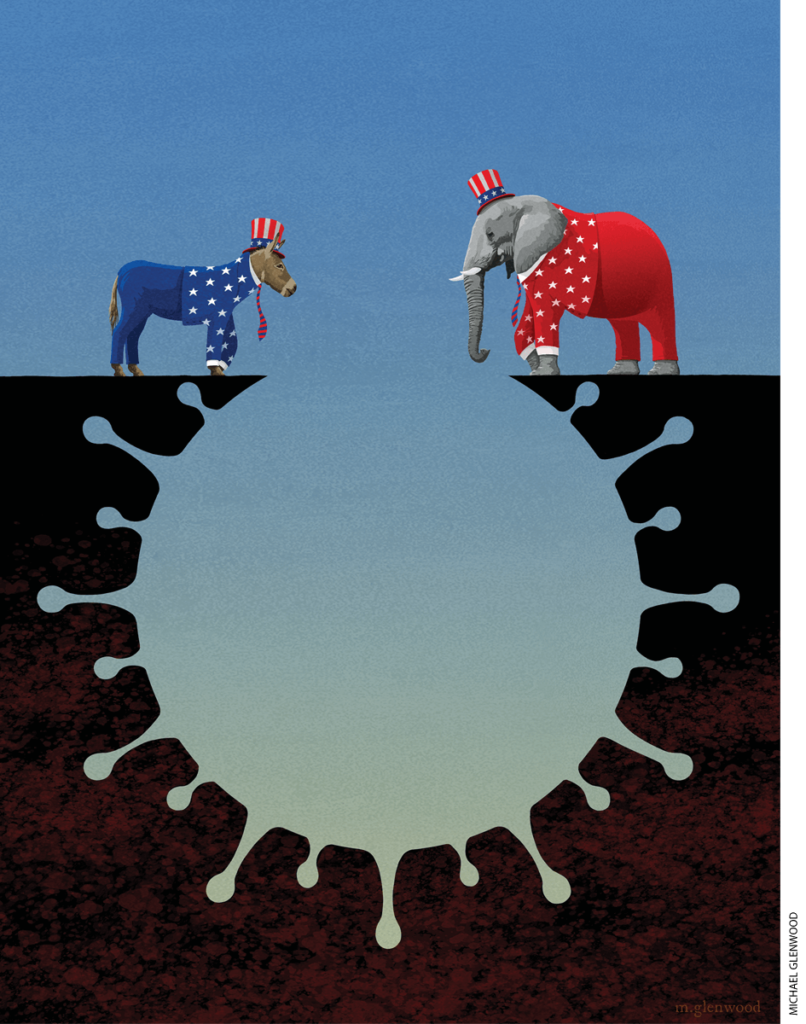Today EducationNext released the results of a survey that examines the impact of the pandemic on Americans’ views of public education. Some of the results are not surprising: support for homeschooling and raising teacher salaries is up, overall perceptions of school quality is down. But right now only 22% of this nationally representative sample of 1,784 American adults give their local public schools an A or a B grade.
Here’s what’s striking to EdNext analysts:
- Support for charter schools ticked back up to 45% after lows of 39% in 2017 and 41% in 2021.
- Support for scholarships for low-income families funded by tax credits, which had 55% support in 2017 and 56% support a year ago, is now backed by 61% of Americans.
- 47% of Americans now support education savings accounts, government-provided funds that can be used on educational expenses for families that choose not to send their child to a public school. Pre-pandemic it was 37%.
- “Throughout the pandemic, public support for annual standardized testing remained strong. In 2019, 74% of survey takers supported a federal requirement that all students be tested in math and reading each year in grades 3 to 8 and once in high school. Support for this requirement held steady at 71% and 72% in 2021 and 2022.”
- Americans, especially Democrats, want to pay teachers more but only 43% have a positive view of teacher unions.
And there’s this:
Surprising result from the new Education Next annual survey of American adults: 50% of democrats support private school tuition vouchers, compared to 49% of republicans (also, 72% of Blacks, 58% of Hisp). Tricky one for blue politicians…@MichaelPetrillihttps://t.co/L1XAomR5Cb
— Thomas Toch (@thomas_toch) August 16, 2022
There has been much discussion in the media and elsewhere about the growth in partisanship among Democrats and Republicans on education issues. EdNext finds this is certainly true of mask mandates and teaching about systemic racism: far more Democrats and far fewer Republicans support these issues. Yet the researchers make the distinction between partisanship and polarization. The former could be greater internal consistency, or more Democrats adhering to the party line, and the latter denotes the extent to which people “have adopted more extreme views relative to more centrist or moderate views.” In sum, the results of this survey can’t prove polarization but they do prove growing partisanship. For example,the difference between Democrats and Republicans in positive evaluations of teachers unions is nearly 40 percentage points.
Here is the graphic of the overview. For the full report, see here.

(Photo courtesy of EdNext.)




